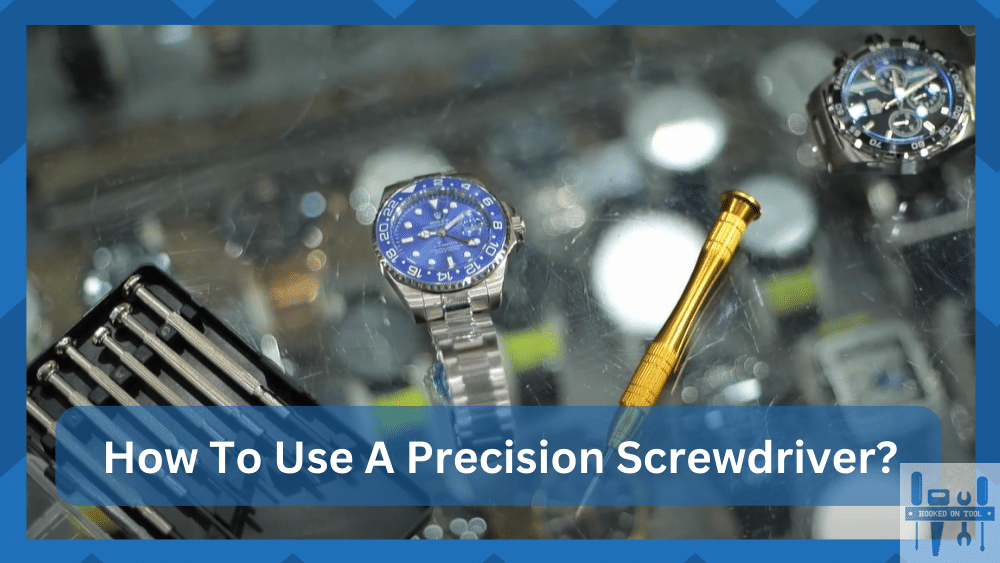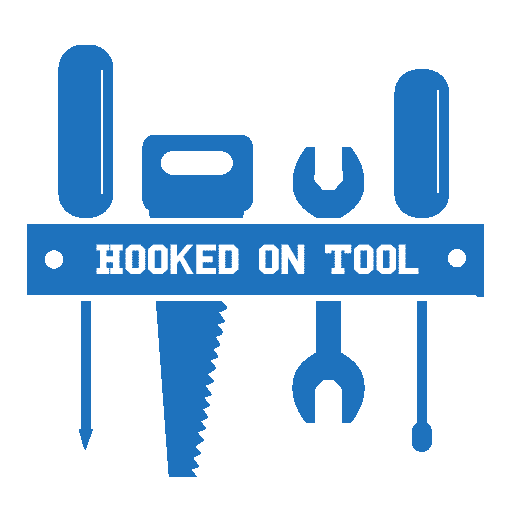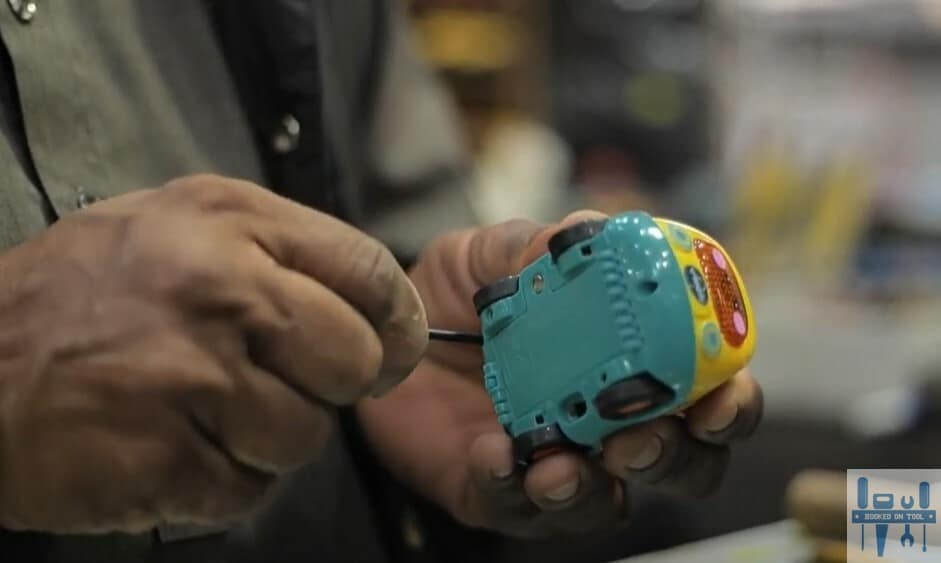
A normal sized screwdriver can never get to those compact screws on your electronics, which is why you need to get a precision screwdriver to help you out. With a precision screwdriver, you don’t have to worry about damaging the hardware.
Its smaller structure and the thin handle will easily slide in and form a strong grip with the screw. From there, you just have to rotate the handle gently. Using too much force is never good, even when the screw is rusted.
If you’re new to DIY projects, then using a precision screwdriver can be a bit overwhelming. You’ll likely need a few weeks of practice to make the most out of your kit.
How To Use A Precision Screwdriver?
Before you use the precision screwdriver on delicate machinery, a bit of practice would be a better idea. Believe me, you don’t want to test your luck with the precision screwdriver if you’ve never used it.
Spending a few minutes at least on a toy should help you get a decent understanding.
Step 1 — Choose Screwdriver Head
Start by picking up the head that you’ll need for your project. There could be more than forty different variants, and you will have to match the screwdriver head with the shape of the screw.
If you’re lost, just hold the screwdriver head above the screw to see if it fits.
Step 2 — Add Relevant Screwdriver Head To The Handle
You can now remove the old screwdriver head from the handle, and then add in the new one that you’ll be using in the project. You’ll just have to line up the handle and slide in the screwdriver head to form a stable connection.
Slide in the screwdriver into the screw slot to form a connection with the screw. You’ll find that the magnetic tip will latch onto the screw, and you can slowly start to turn the screwdriver to loosen up (or tighten) the screw.
Step 5 — Secure The Screw
Lastly, you need to take the screw from the magnetic strip and secure it in a plastic box.
I’ve found that labeling the box beforehand is the best thing that you can do to avoid confusion. Otherwise, you might lose some screws, and won’t be able to put the electrical device back together.
Missing Screwhead
Unlike the regular screwdriver, you can’t use a rubber band or anything else to develop a “make-shift” screw head.
Trying to put pressure on the tip or using other methods might just damage your electrical device. The only option that you’re left with is to get a new screwhead kit for your precision screwdriver.
The Takeaway
There is no rocket science behind using a precision screwdriver, but it is no walk in the park either.
Everyone feels like an expert until things go south and you’re left with a damaged device. So, it is best to educate yourself on the proper methods to avoid these losses.
You can start by choosing the right screwhead, adding it to the handle, engaging the screw, and then securing the screw. From there, you can remove every screw one by one to service the electrical device or fix the damaged board.
Once you’re done, follow the same method to put everything back into place, and you’ll be done with the project.
One tip that I will mention is that spending ten minutes disassembling and reassembling a toy is a much better idea before you get to the main project.



